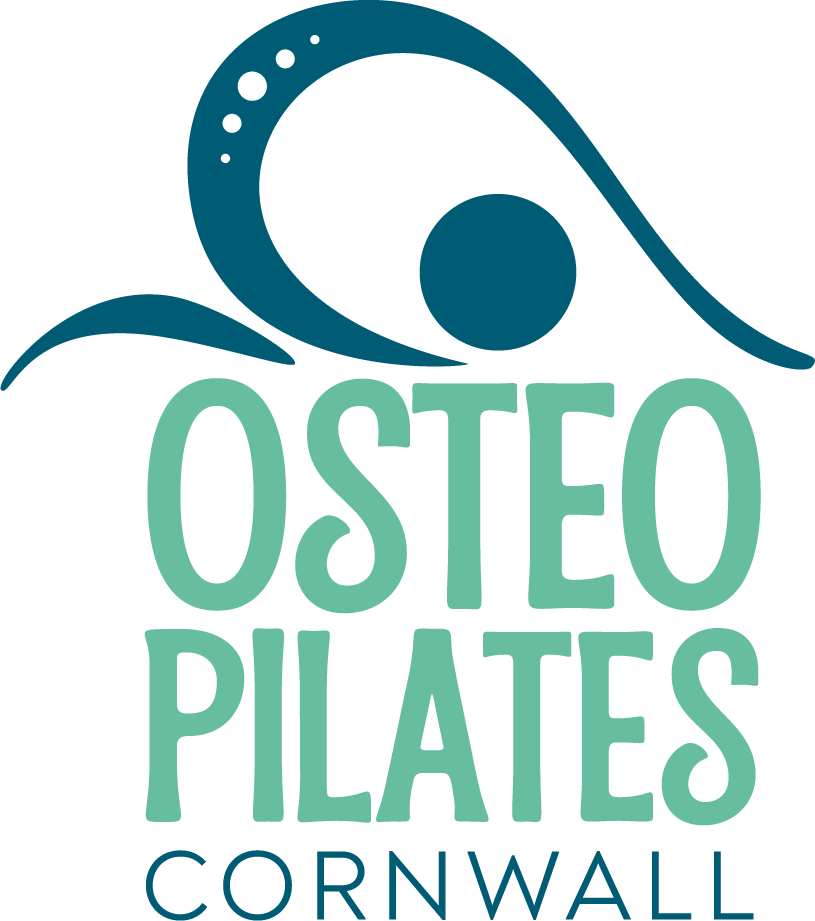why train mind-body connection?
When it comes to movement therapy, recovering from injury, and reducing the likelihood of future problems, the Mind–Body connection is one of the most valuable skills you can develop. It’s central to my work as a Clinical Pilates Teacher, Personal Trainer, and Osteopath – but why is it worth actively training?
What Is the Mind–Body Connection?
The Mind–Body connection describes how your brain and nervous system consciously communicate with your muscles and joints to create movement. It’s not just about moving automatically – it’s about being aware of how you move. This awareness helps you engage the intended muscles at the intended time, improving control, coordination, and posture (Meier et al., 2020).
Injury Prevention Through Awareness
Training the Mind–Body connection improves proprioception – your ability to sense the position and movement of your body in space. Better proprioception means you can react more effectively to changes in balance or unexpected forces, reducing the risk of injury (Han et al., 2015). This is particularly important in sport, but equally relevant to everyday activities like walking, lifting, or even climbing stairs.
Supporting Injury Recovery
After an injury, certain muscles may become underactive, while others overcompensate. By focusing attention on specific movements, you can re-establish muscle recruitment patterns and restore function. This targeted approach enhances neuromuscular control – the brain’s ability to coordinate muscle activity – which is essential for safe and efficient recovery (Gandevia, 2001).
How Exercise Improves the Mind–Body Connection
Mindful exercise methods such as Pilates, Yoga, and targeted exercise rehabilitation programmes are highly effective at training this connection. They:
Encourage slower, more controlled movements to refine technique
Use cues and imagery to direct attention to the intended muscles
Improve alignment and positional awareness
Promote balanced muscle activation
Research shows that combining physical movement with focused attention can lead to faster improvements in skill learning, motor control, and strength (Wulf & Lewthwaite, 2016).
Why It Matters for Long-Term Health
Training your Mind–Body connection isn’t just about rehab or performance – it’s a long-term investment in your health. Improved body awareness helps you move more efficiently, reduces wear and tear on joints, and promotes confidence in movement at any age.
Whether you’re aiming to recover from an injury, prevent future problems, or simply move better, incorporating Mind–Body training into your routine can make a lasting difference.
References
Gandevia SC. (2001). Spinal and supraspinal factors in human muscle fatigue. Physiological Reviews, 81(4), 1725–1789.
Han J, et al. (2015). Proprioception and balance training can improve proprioception and balance in young adults. Journal of Strength and Conditioning Research, 29(8), 2265–2270.
Meier JD, et al. (2020). Motor cortex involvement in motor learning and execution. Journal of Neurophysiology, 123(5), 1715–1726.
Wulf G, Lewthwaite R. (2016). Optimizing performance through intrinsic motivation and attention for learning: The OPTIMAL theory of motor learning. Psychonomic Bulletin & Review, 23(5), 1382–1414.
